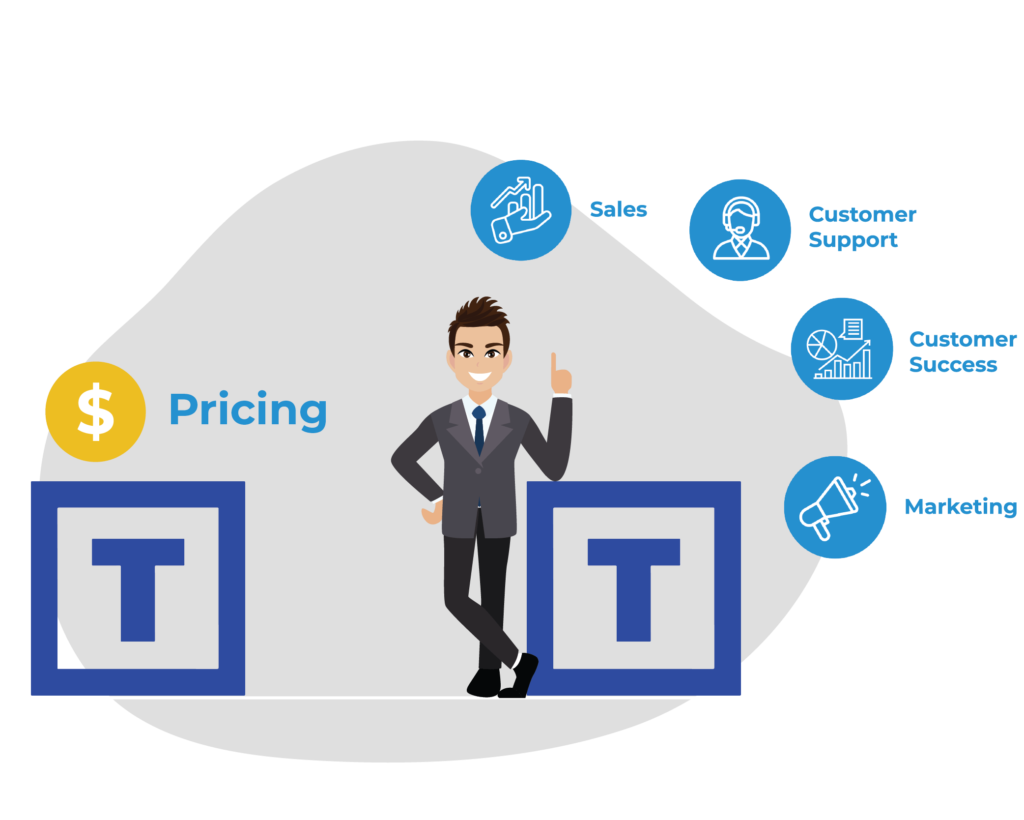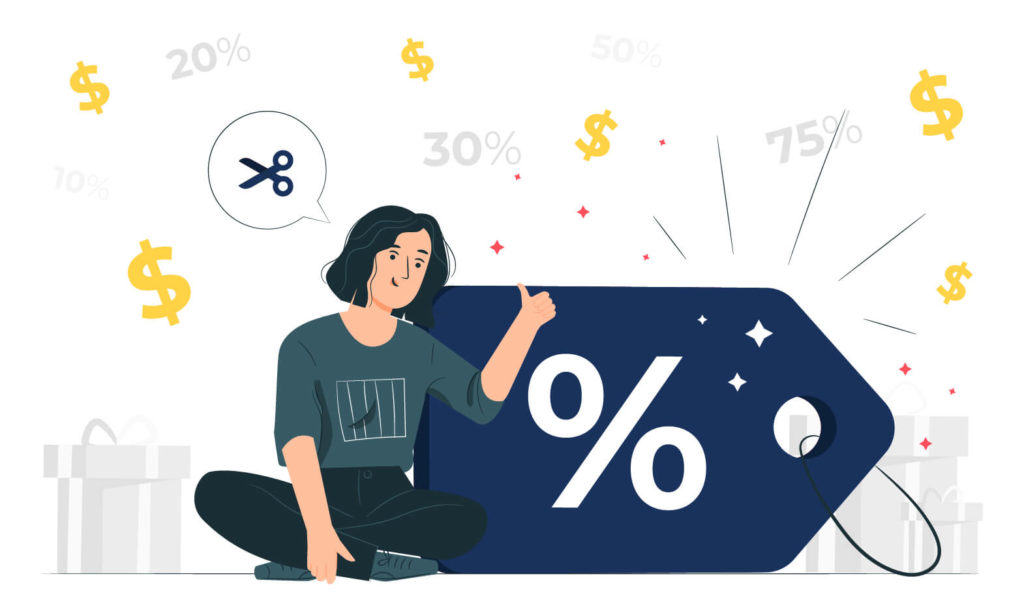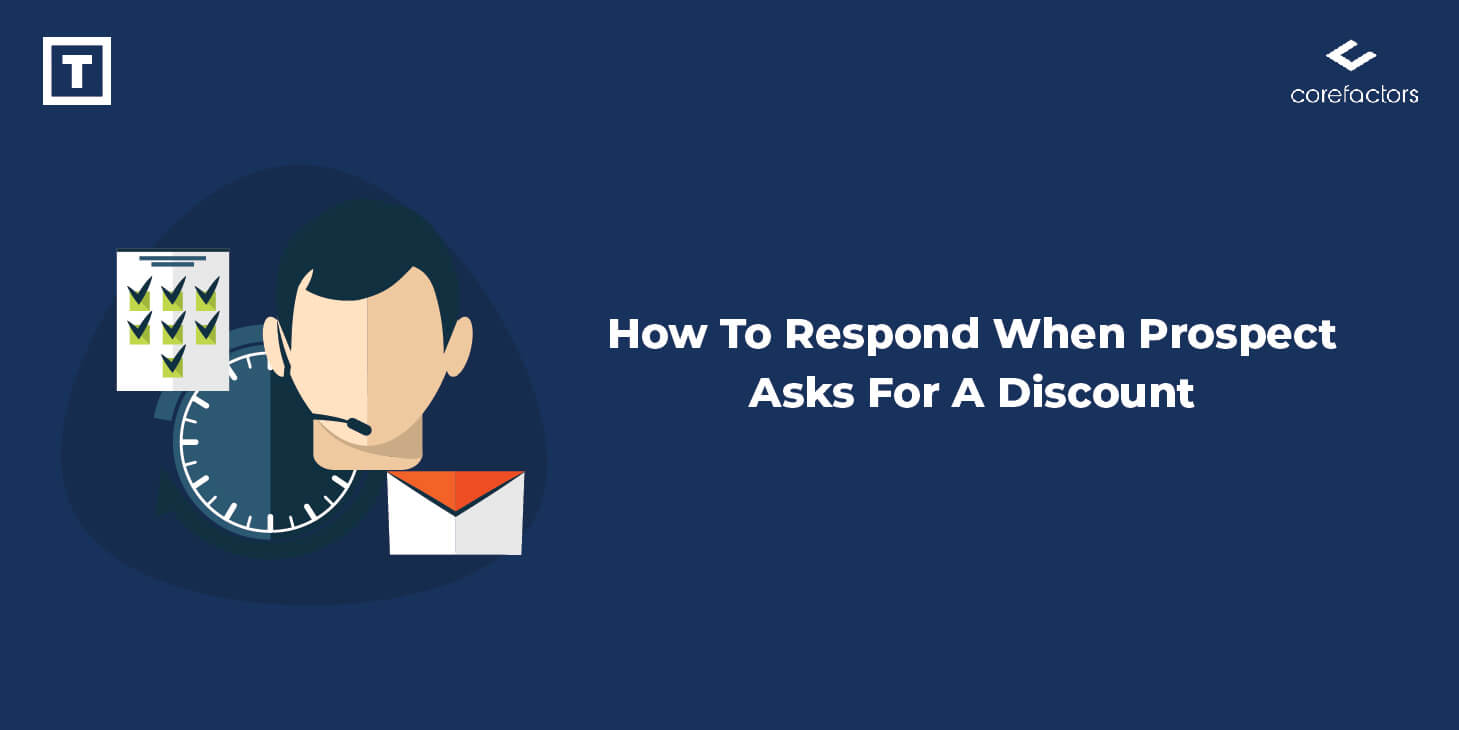Your product or service has sufficient value and you have worked hard to develop skills that allow you to give your clients the best advice and guidance.
But what if someone approaches you for a discount?
Well, a discount can help accelerate a slow-moving sales deal but if you don’t provide a discount strategically, you can’t reap the benefits.
In this article, you’ll learn how to respond when a prospect asks for a discount.
Negotiate Without Losing Value

There’s always a right way and wrong way to make a sale. Discount requests from prospects happen all the time, but it depends on you how you handle the situation and close the deal.
In this kind of situation, try to negotiate without losing the value of your product or service. You can go like:
“I appreciate you being honest with me. Do you see the price being an obstacle for the growth of your business?”
This reply can make you look professional in your approach and brings up the fact that you might not consider giving away the value while offering a discount. You can also add a little more to your question and see how they reply.
“May I ask why you’re seeking a discount? I would love to know more about your business and the budget so that I can explain the value of our product for your business.”
Consider not saying “no” to your prospects. But try to keep it profitable for both the business and the prospect. The prospect might have a good reason to ask for a discount and it all comes down to value exchange.
The prospect might be dealing with a seasonal budget or something that he can’t cut cash on. Consider giving a discount in these cases but it’s important to negotiate something in return.
For example, you can ask for an annual contract or market your brand in their connection, etc.
It’s crucial to understand your prospect’s needs and budget and offer them options to pursue their goals.
Sell Your Product/Service The Correct Way

Are you selling your product/service correctly? Adding value to your product or service will provide a competitive advantage.
Your strategy needs to be solid to be able to sell it to your prospect.
Convincing your prospect to buy requires a forward-thinking marketing plan. You would also need to develop a robust sales strategy in order to confidently sell your product/services.
You should always learn what questions to ask during a sales discovery call in order to avoid getting questions about discounts.
Another important aspect you need to consider is your unique selling proposition(USP). It’s your unique customer value that you’re offering and this is the reason your prospects should buy from you.
Offering the lowest price for your products/services can be one of your USP but it can be dangerous. Over time, your prospects would know you only due to the price factor, and the value decreases in a situation like that.
Planning your approach gives you the upper hand. You need to be clear about your goals and be prepared to pitch. Anticipate and be ready to handle objections.
Questions for a discount and other offers decrease if you’re providing your prospect with value propositions, showing them the benefits of your product/services.
Divert Attention From Price To Product/Service

A lot of discount requests come from prospects who haven’t tried your product or service.
It might be difficult to change their mind as they are skeptical about it. Usually, they would go like:
“I would like to try it but only after getting a discount.”
But, what you can do is give them a free trial and let them explore your product or service. You can even write them a follow-up mail about your discussion.
Email automation works amazingly in such a situation. You can customize your email according to your sales call and give your prospect a clear call-to-action.
“Hi (Prospect Name),
Thank you for your interest in our product/service. I understand that you want to know about any discount we are offering, but first, let’s make sure that our product/service is a good fit for you.
You can sign up for a risk-free free trial and explore your options. If you like what you’re seeing, I bet we can find a price that fits both of our budgets.
Sign up for a free trial today!”
Your email will do two things, first, it will divert your prospect’s attention from the price to the product/service and it will urge them to further recommend it to a third person.
If they sign up for a trial, that’s great. As they use your product or service, there will be a transition from a discount mindset to a value mindset. You can even offer to extend their trial if you think they can be a good fit.
But if the prospect is unwilling to sign up even for a free trial until you give a discount, it’s time you let them slip away from your sales funnel.
It’s a clear indicator that they are not interested in your product or service and you wouldn’t want to do business with them.
Pitch Value to Your Prospect Not Price

As the prospect becomes comfortable with your way of selling your product or service, they will wonder if it is valuable for them. Remember that when this phase comes, they are transitioning from the price mindset to the value mindset.
You might think you should always offer discounts because you need new customers, but that should not be the only reason you should offer a discount. After all, you wouldn’t want a customer at the expense of your business and value.
You can always keep the hot leads using a lead management system and follow-up with them to know if they are a good fit for your product or service.
By staying in touch with your prospects, you can ensure that you’ll be the first call when they finally want to purchase the product or service.
It’s crucial to focus on the value you provide and never offer a discount without a change in the terms.
How To Tackle The Post-trial Discount Request?

So everything is going good and your prospect has agreed for a free trial after seeing your email, but what if he still asks for a discount?
In most cases, your prospect can afford to buy your product, they just don’t want to until you give them a discount. Your job is to figure out what’s stopping them.
If they tell you that they love the product but still need the discount to make things work, you can ask them questions like:
“I understand that you like the product, but what’s stopping you from buying it? Is it the price? Do you feel we’re overcharging or that we are lacking in some features?”
Give your prospect some time to think about what he really wants. If they say it’s the price they are concerned about, it’s time you let them go.
You can’t take the risk of offending your existing customers who have paid the full price for the same.
That also means your product or service has a value, and your existing customers are the proof.
Remember this, your goal isn’t to sell to every prospect, it’s to sell to the right people. Therefore, if you feel like one particular prospect is not your cup of tea, you can answer them like this:
“Thank you so much for completing the free trial period. I am glad that you liked our product or service, but I am afraid it’s not possible for me to give you that discount.
Our first and foremost priority is providing value to our customers. It wouldn’t be fair to offer you a discount while the rest of our customers are paying the full price.
I would love to interact with you in the future if you ever change your mind.”
This way you can say “no” while not losing your value. You can even suggest alternatives that they might like.
You might lose a customer but that’s completely alright as you both were not a good fit for each other.
Conclusion
Your buyer’s journey depends on how well you handle your prospects.
Ensure that you have exhausted all opportunities to work with a prospect who’s showing interest in your product or service.
You might consider not giving in, the next time you get a discount request.
It’s important that you focus on the value you provide while negotiating with your prospects.







